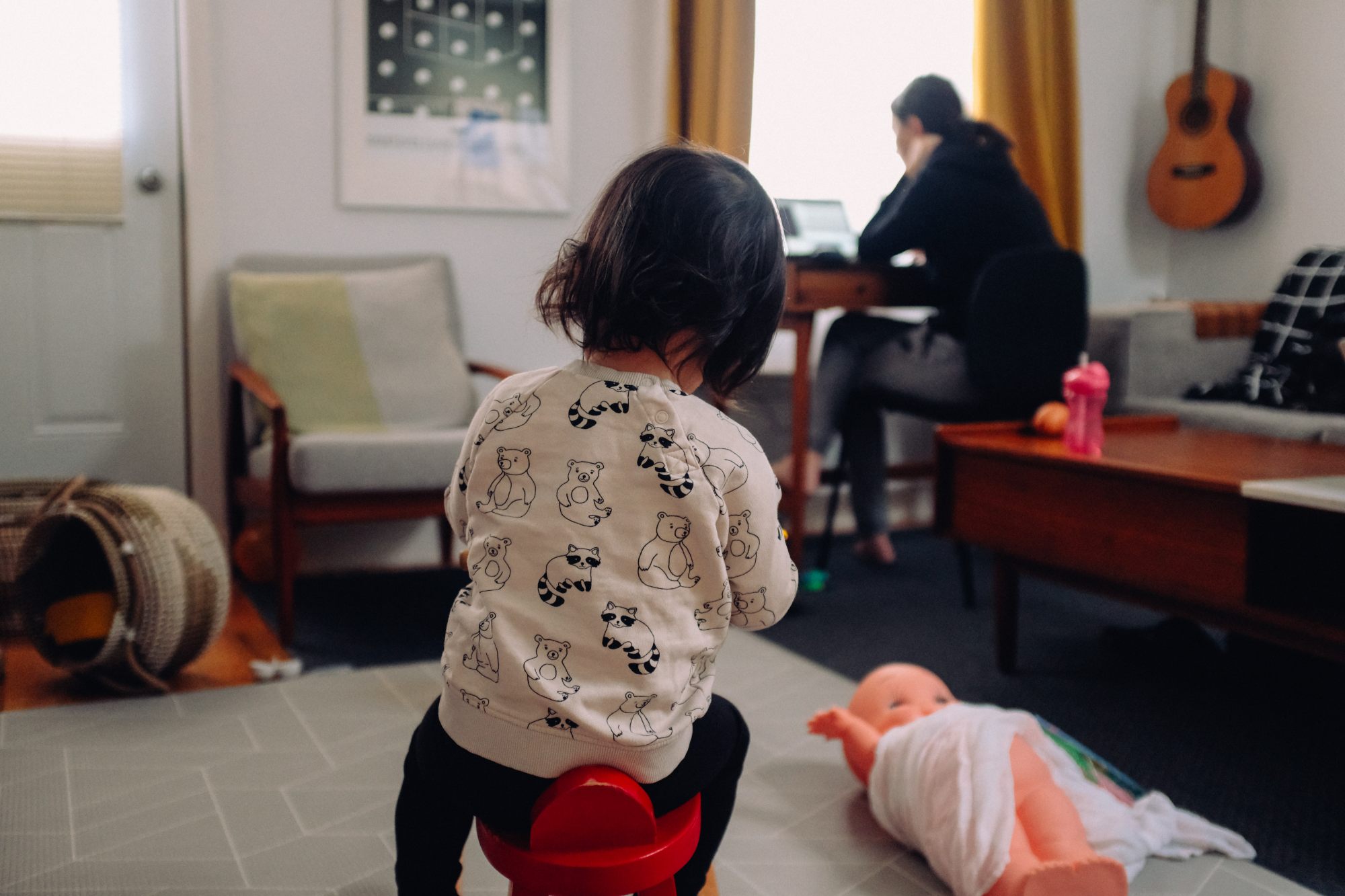We’re always thrilled when Springtime rolls around, and the world thaws out from the cold, Winter freeze. But with those warmer temperatures come the Spring rains. And when you can’t send the kids out to play, everyone starts to go a little stir crazy on those days you’re stuck indoors. Next time the Spring rains roll around, try some of these indoor games for kids.
Tape Maze on the Floor
This simple game for children can help keep those little minds and bodies active on even the rainiest of days. All you need is a little painter’s tape and imagination. Weave your way around a room (or even your whole house) and place rewards or prizes at the end of the tape maze for your children to collect.
Make every game exciting by incorporating elements of hide and seek into the maze. Hide clues throughout your house that lead to the solving of a treasure mystery.
Balloon Waddle Game
This fun game to play inside will have everyone in tears – from laughter. You just need a few balloons and a little dexterity. Because you don’t need much room, this also makes a great indoor group game for kids.
While your kids are playing for fun, they’ll also be working to improve their balance as they waddle around trying to hold the balloon between their legs. Set up mini-courses. If they drop the balloon, they have to reset and go back to start.
Rainy Day Board Games
Board games are some of the best time-burning games to help pass away the rainy days. Instead of screen time, pull out a board game the whole family can enjoy. If you’re both working from home, it’s even more fun if both parents can get involved.
You’ll create memories that last a lifetime. And who knows! Your kids might actually start to look forward to rainy days thanks to all the fun games to play at home.
Keep It Up Game
The keep it up game is similar to the balloon waddle game – except this time, you’re using the top half of your body to keep a balloon in the air. The best part of this game is that older children don’t necessarily need tons of adult supervision to play.
Kick the challenge up a notch by introducing multiple balloons at once. If you’re looking for an all-out activity that combines fitness, fun, and energy, this is it.
Simon Says Yoga Game
This version of Simon Says is great because it’s a fun game without props. And if the kids have been getting rowdy, it’s also the perfect quiet indoor game for kids.
Instead of your typical Simon Says actions, you’ll guide your littles through easy yoga poses for kids. This activity can help calm the mind and spirit – which can also help keep you sane when everyone’s cooped up inside on rainy days.
DIY Indoor Hopscotch
Hopscotch is an all-time favorite, simple game for children. This straightforward, engaging activity is the perfect stay-at-home activity for toddlers because of its simplicity and interactivity.
Don’t be afraid to think outside of the traditional hopscotch box. You can make all different types of outlines and mix it up with shapes.
Instead of hopping by number, try setting up different shapes and instructing your kids to jump to different shapes. It can be the perfect mix of interactive learning and fun activities for your kids on rainy days.
Conclusion: Enjoying Time Indoors is Easy with Stay-at-Home Games
Sure, you might not need your kid’s tracker watch on rainy days, but staying indoors has its perks. You can still find creative inside games for your littles to help burn off energy and create long-lasting memories. Hopefully, these fun indoor games for kids can help you pass the time on the rainiest of days.
Inside days are perfect for prepping for those outside days, too. Help keep your kids safe next time you head to the park or the zoo with a smartwatch with GPS tracking. Shop the collection now.









